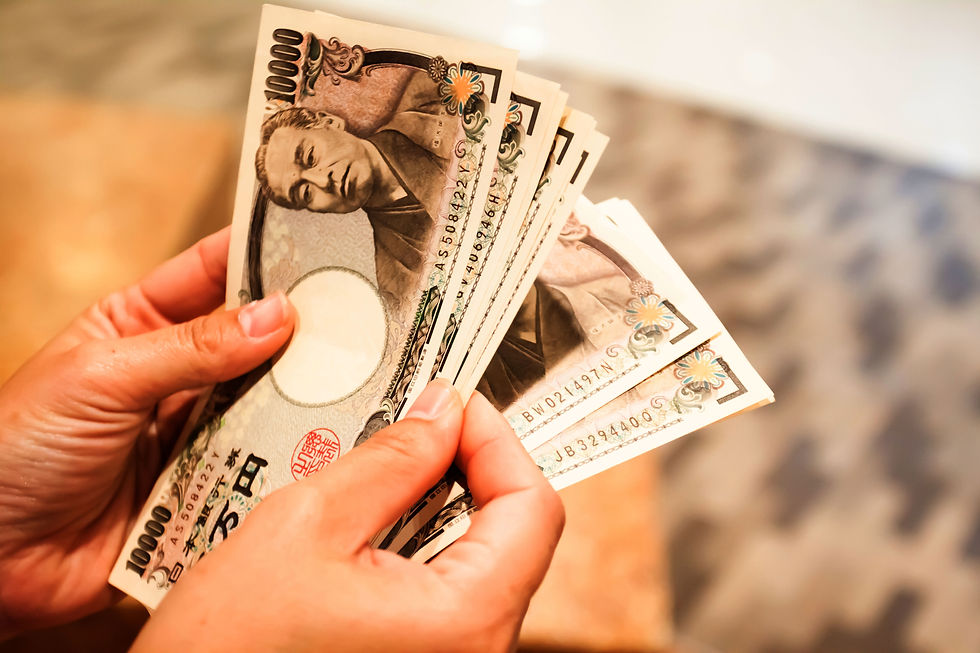
In this article, let's check out the top 5 most tradable currencies of the world.
Well, for starters what makes a currency tradable? Well, it should have a strong base, stability, trust and enough liquidity.
For long, the US Dollar has ALWAYS dominated the top position in the world's most tradable currency list. Despite trillions of dollars in foreign debt and continuous large deficit spending, the United States still holds global trust and confidence in its ability to pay its obligations. For this reason, the U.S. dollar remains the strongest world currency. It may continue to be the top global currency in the years to come.
The dollar’s current number one status is under contention though. Countries such as China and Russia feel a new one-world currency, one not backed by any one nation, is overdue in this increasingly integrated global economy.
In March 2009, China and Russia called for a new global currency. They wanted the world to create a reserve currency “that is disconnected from individual nations and is able to remain stable in the long run, thus removing the inherent deficiencies caused by using credit-based national currencies."
Anyways, enough said! Let's focus now on own main topic - Top 5 most traded currencies in the world. So here we go.
The United States Dollar (ISO CODE: USD)

The U.S. dollar (USD), also known as the greenback is the home denomination of the world's largest economy, the United States. As with any currency, the dollar is supported by economic fundamentals, including gross domestic product (GDP), and manufacturing and employment reports. However, the U.S. dollar is also widely influenced by the central bank and any announcements about interest rate policy. The U.S. dollar is a benchmark that trades against other major currencies, especially the euro, Japanese yen, and British pound.
2. The Euro (ISO CODE: EUR)

Headquartered in Frankfurt, Germany, the European Central Bank is the central bank of the 19 member countries of the eurozone. In a similar fashion to the Federal Open Market Committee, the ECB has a main body responsible for making monetary policy decisions, the Executive Board, which is composed of four members plus a president and vice-president.
3. The Japanese Yen (ISO CODE: JPY)

Established as far back as 1882, the Bank of Japan serves as the central bank to the world's third-largest economy. It governs monetary policy as well as currency issuance, money market operations, and data/economic analysis.
The main monetary Policy Board tends to work toward economic stability, constantly exchanging views with the reigning administration, while simultaneously working toward its own independence and transparency.
4. The British Pound (ISO CODE: GBP)

As the central bank of the United Kingdom, the Bank of England serves as the monetary equivalent of the Federal Reserve System. In the same fashion, the Court of Directors is a governing body appointed by the Crown, made up of five executive members and as many as nine others, including the chair and deputy chair. There is also a Monetary Policy Committee (MPC), headed by the governor of the bank and made up of nine members, four of whom are appointed by the Chancellor of Exchequer.
5. The Swiss Franc (ISO CODE: CHF)

Different from all other major central banks, the Swiss National Bank is viewed as a governing body with private and public ownership. This belief stems from the fact that the Swiss National Bank is technically a corporation under special regulation. As a result, a little over half of the governing body is owned by the sovereign cantons or states of Switzerland and other public institutions. It is this arrangement that emphasizes the economic and financial stability policies dictated by the governing board of the SNB. Smaller than most governing bodies, monetary policy decisions are created by three major bank heads who meet on a quarterly basis. The Governing Board creates the band (plus or minus 50 basis points) of where the interest rate will reside.
Last Updated on 20/04/2022

Comentarios